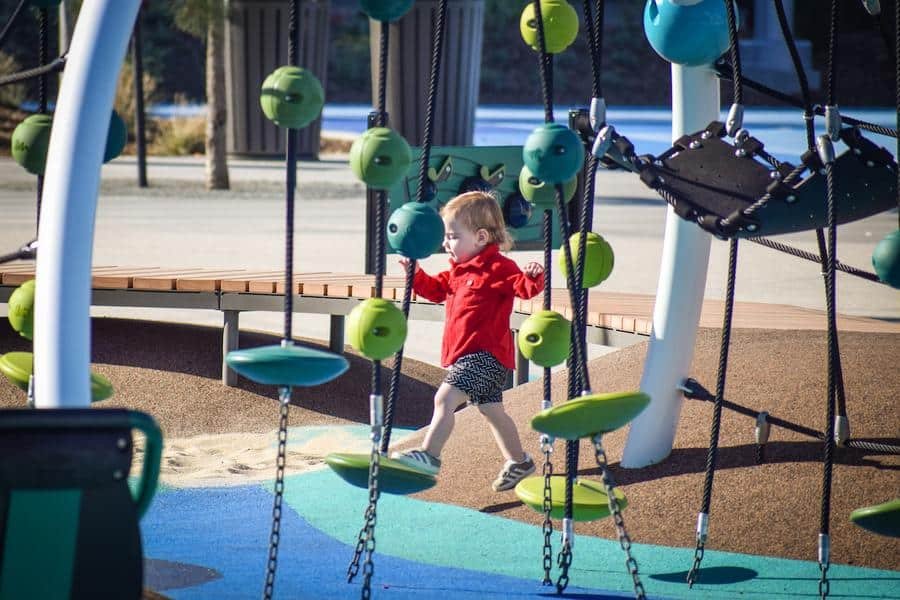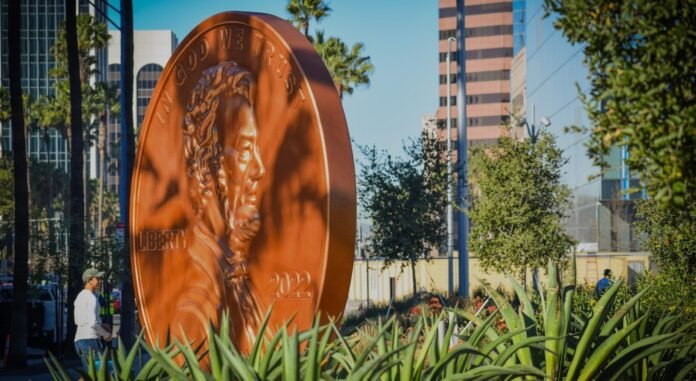The redesign of one of Downtown Long Beach’s most accessible green spaces, Lincoln Park, is right on track following announcements last year that the park would reach completion of most of its construction in February with a formal grand opening in Spring after construction surrounding the demolition of the old City Hall building finishes the park’s space.

So what is the new Lincoln Park—and why is its revamped existence important?
Situated at the southeast corner of Ocean Boulevard and Pacific Avenue, the nine-acre space has been filled with consistent patrons since the fencing was silently taken down Monday night.
The much-needed green space is part of the $592M project that has seen construction of the new City Hall and Port of Long Beach headquarters and the continued demolition of the old City Hall structure—which sits at about half its original height as of this writing, creating a surreal experience for anyone who was used to the dominating brutalist building overseeing the area.
The importance of green space in urban areas is more than just escape from the concrete jungle; it is one of the key components of challenging climate change and providing social space that encourages the random ballet of city folk connection.
That old City Hall space is the last cog in the completion of the park: Once completely demolished, the space will be the park’s westernmost edge, with additional trees, pathways, and social spaces.
As of now, the park hosts a basketball park, a large playground for families, a dog park, and the already-heavily-in-use skate park, which was initially a question mark in initial drawings.

The lack of green space in Downtown and other neighborhoods needs to be recognized—and Lincoln Park helps with that
The space’s partial reopening is one that needs to be heralded given that Long Beach’s urban core severely lacks green space that is both widely open and variable in its amenities.
And, historically speaking, that lack stands in stark contrast to DTLB’s park history.
The once mile-long sprawl that was Victory and Santa Cruz parks along Ocean Boulevard in DTLB provided one of the city’s largest green spaces—that is, until the 1990s, where it had become nothing more than sidewalk landscaping for the office buildings and high-rises, further discouraging exploration past the 710 and decreasing green buffers to purify the air.
Multiple green spaces were replaced with unshaded asphalt that, in combination with the elevated terrace that is Long Beach’s physiography, sometimes makes the city 10 degrees hotter than other coastal havens, according to former director of Long Beach Park, Recreation & Marine Phil Hester.
The importance of green space in urban areas is more than just escape from the concrete jungle; it is one of the key components of challenging climate change and providing social space that encourages the random ballet of city folk connection.


